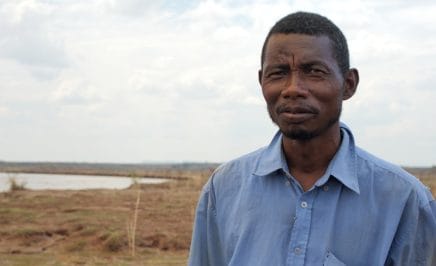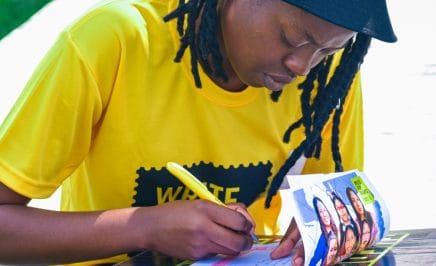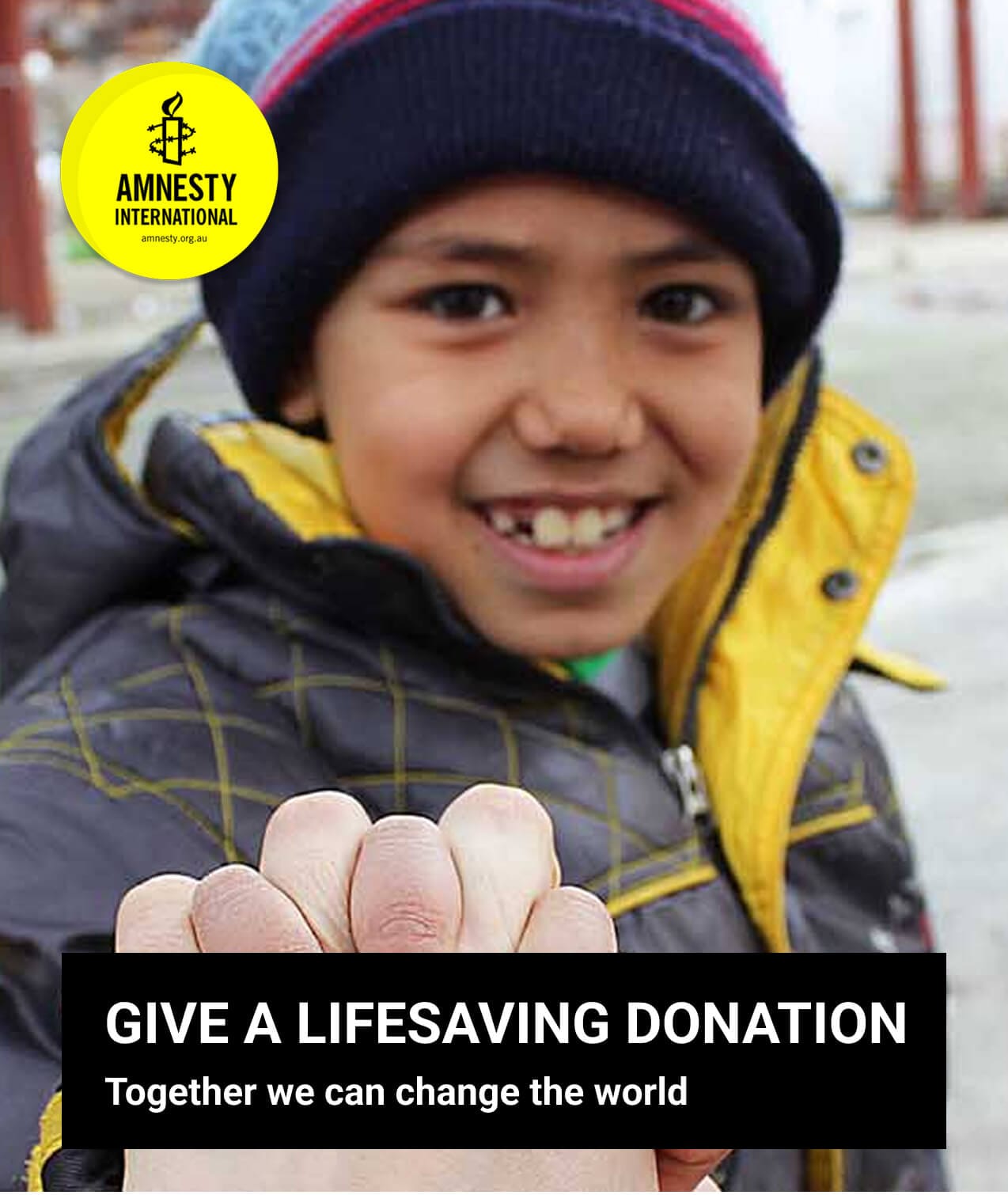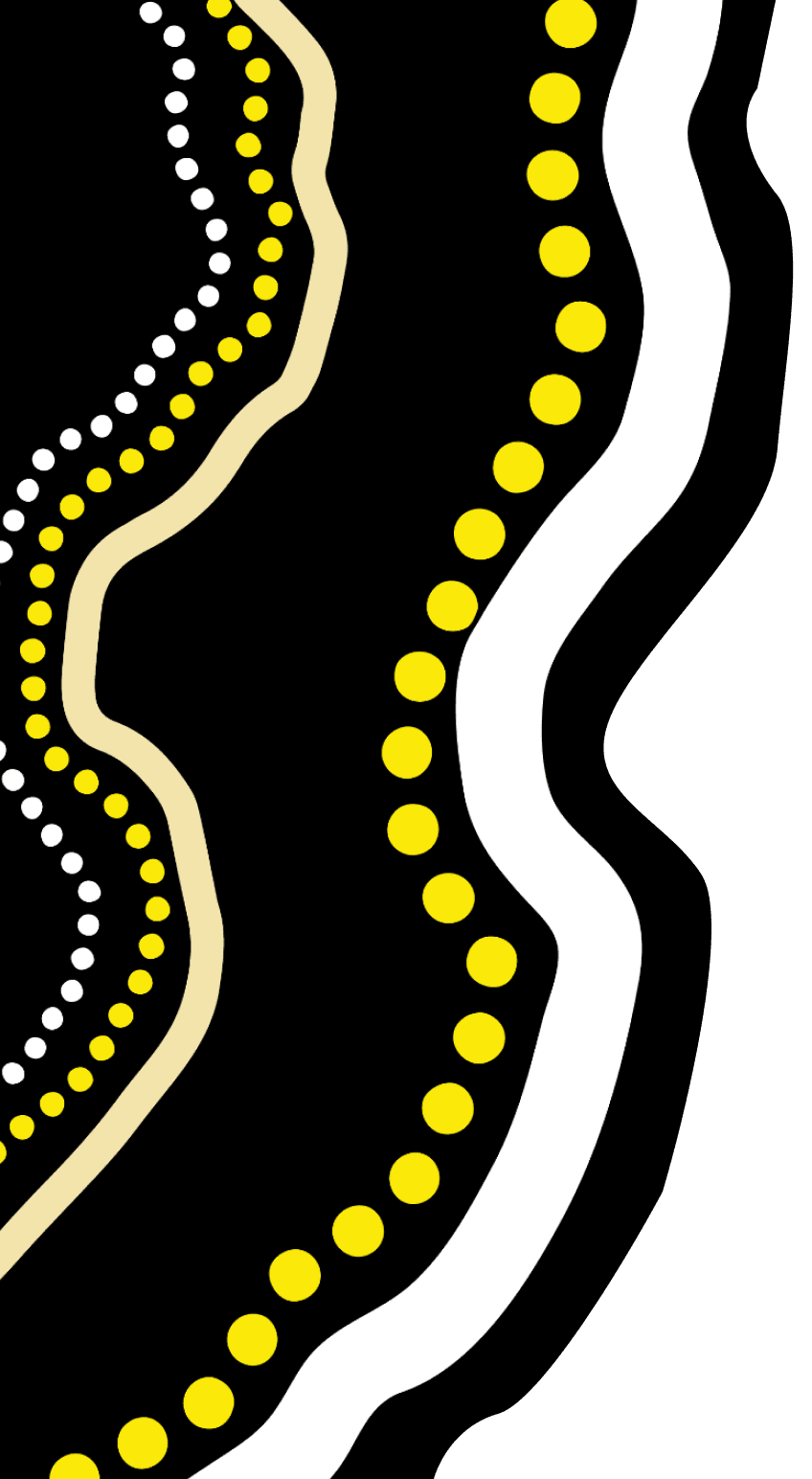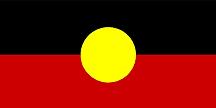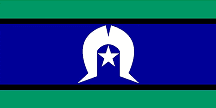Inclusive language is language free from words, phrases or tones that reflect prejudiced, stereotyped or discriminatory views of particular people or groups.
When we use inclusive language, we’re putting the person first and not placing focus on how society defines them by their characteristics.
Here are 5 inclusive language tips to help create a culture of respect and inclusion.
1. Using pronouns
- Most, but not all, men (including trans and cis men) use the pronouns ‘he, him or his’.
- Likewise, most but not all women (including trans and cis women) use the pronoun ‘she, her, hers’.
- Gender-neutral pronouns include terms such as ‘they, them, themselves and theirs’. The use of gender-neutral pronouns covers people who either don’t wish to identify as a particular gender or identify as non-binary or gender diverse.
If you’re unsure what someone’s pronoun is, you can ask them respectfully and preferably privately. Don’t forget to share your pronouns first. For example:
“I use [xx/xx] pronouns. Can I ask what pronouns you use?”
Avoid asking “What pronouns do you prefer?”, as a person’s pronouns and identity are not a preference.
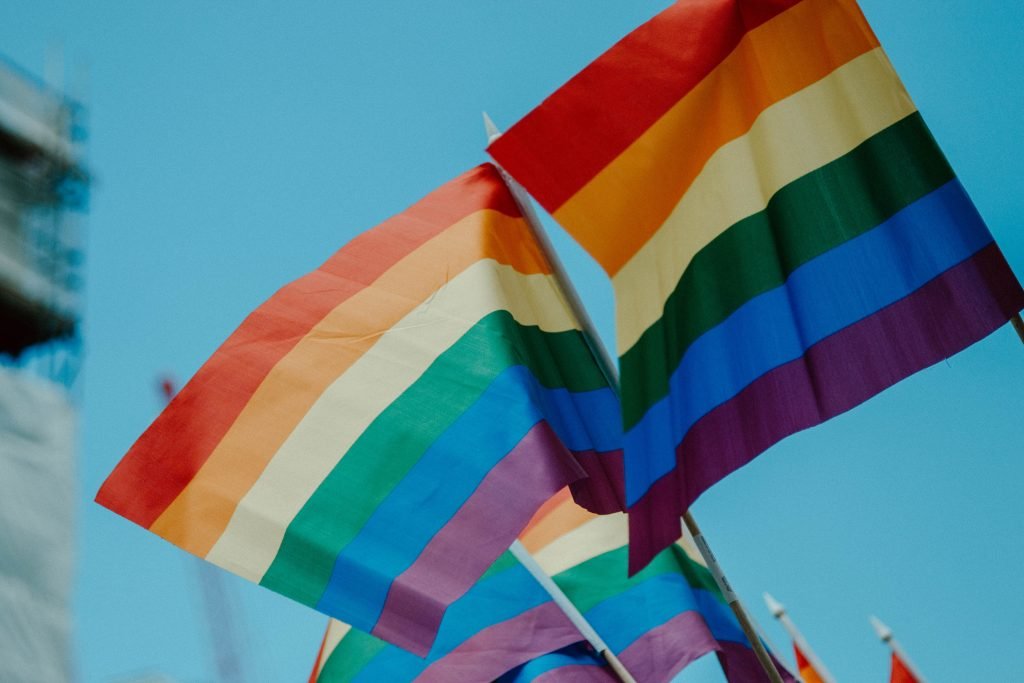
2. Gender-specific terms
We should avoid using gender-specific terms and instead, use neutral, inclusive language. Some examples include:

3. Aboriginal and Torres Strait Islander Peoples
First Nations Peoples have diverse and distinctive cultures which span more than 65,000 years. Using inclusive language is a way of recognising and valuing the diversity among the many cultural groups across the continent.
It is also one way of recognising the contributions that both Aboriginal and Torres Strait Islander individuals and community groups have made and continue to make to our society.
We should avoid:
- Using shorthand terms like ‘Aborigines’, ‘Islanders’ or acronyms like ATSI, TI, and TSI.
- Trivialising or misrepresenting important cultural beliefs and practices such as referring to the Dreamtime as myths or legends.
- Using assimilationist terms such as ‘full-blood,’ ‘half-caste’ and ‘quarter-caste’ when referring to Aboriginal and Torres Strait Islander Peoples.
- Exclusionary and generic language that excludes the lived experiences of Aboriginal and Torres Strait Islander Peoples. For example, stating that ‘all Australians have access to quality medical care’ excludes the lived experience of many Aboriginal and Torres Strait Islander Peoples.
We should:
- Always seek advice from Aboriginal and Torres Strait Islander people in your local area regarding preferences and protocols around terminology use.
- If you are speaking to or of an individual, it is respectful to be as specific as possible about their cultural identity and or language group. Ask the person for guidance and/or consult with local Aboriginal and Torres Strait Islander Peoples.
- Be aware that some First Nations Australians may be connected with their culture but not know their specific language or cultural group due to being a child of, or related to a child of, the Stolen Generations and/or being displaced.
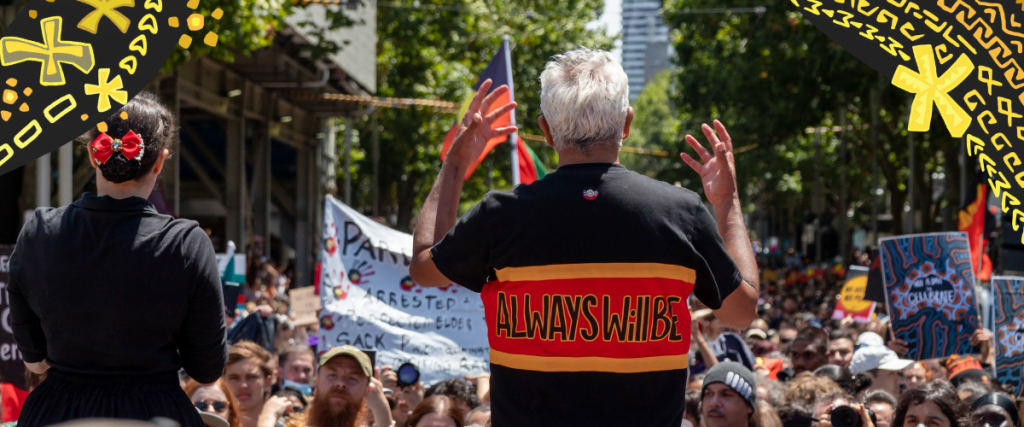
Download our First Nations Ally Guide to learn more.
4. Cultural and linguistic diversity
Australia is one of the most culturally diverse countries in the world, with more than 30% of Australia’s population born overseas.
The question “Where are you from?” is often innocently asked to show interest in someone. However, if you ask it when first meeting someone based on assumptions about their physical appearance, accent, or name, it can lead to that person feeling set apart from others.
We should avoid describing people by their country of origin or religion, for example, ‘Chinese Australian’ or ‘Muslim Australian’, unless it’s relevant. In general, avoid referring to the ethnic and racial background of a person or group unless there is a transparently valid or legal reason for doing so.

5. Disability and accessibility
The best strategies for inclusive communication with or about people with disability include:
- Avoiding language that implies people with disabilities are victims or heroes.
- Avoiding any language that frames disability as a limitation, for example, ‘suffers from’, ‘disabled’, ‘wheelchair-bound’, ‘special’, ‘normal’.
- Avoiding language that implies people with disabilities are inspirational simply for living with a disability.
- Mentioning a person’s disability when it is not relevant to the conversation or context. If it is not necessary to acknowledge that a person has a disability, then don’t mention it.
Some examples include:

Amnesty International is a global movement of more than 10 million people who take injustice personally. We are campaigning for a world where human rights are enjoyed by all – and we can only do it with your support.
Act now or learn more about our human rights campaigns.

